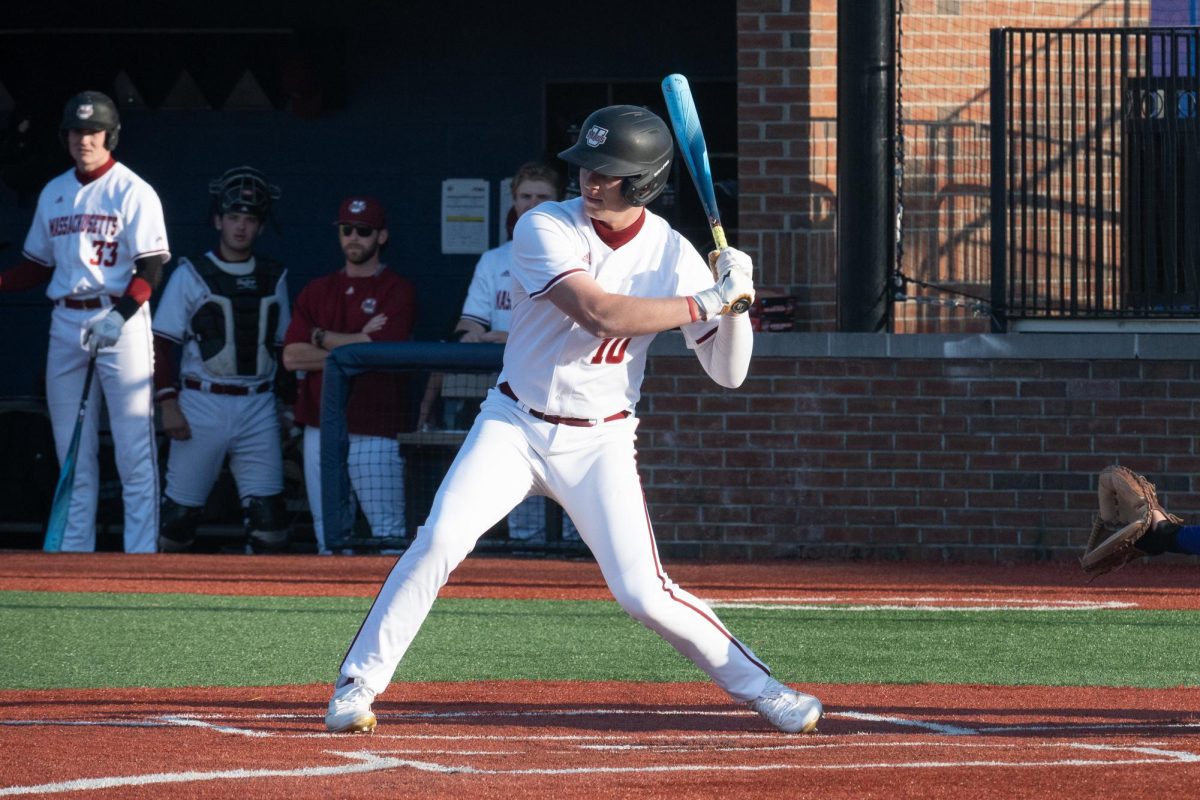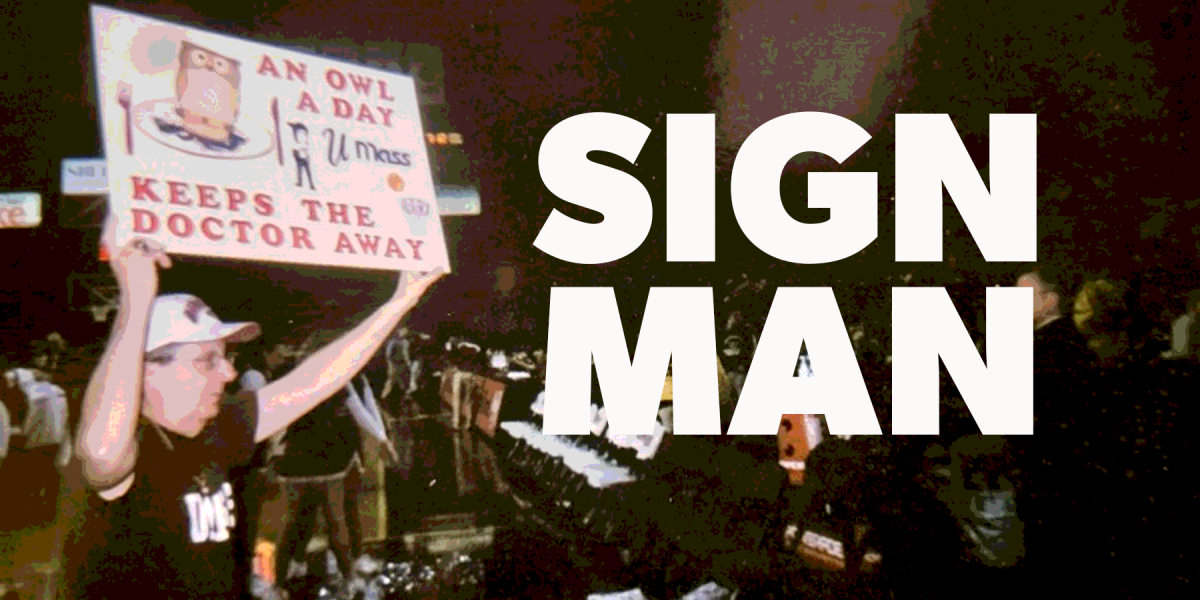A poet who spent much time in New England wrote “something there is, that doesn’t love a wall, that wants it down.”
Today, in the West Bank, Israel continues a policy to create a wall on Palestinian territory that is further perpetuating the cycle of violence by tightening the illegal occupation.
Why build a wall, one may ask – and many have. Israel continues to argue that the wall is for security purposes and is needed to deter suicide bombings. Not everyone agrees. The wall that Israel is building which is projected to span a length of approximately 700 kilometers and cost up to $1 billion will serve other purposes. This is definitely not a short-term project.
Considering the border of the West Bank and Israel is only 350 kilometers, you may ask where the rest of these hundreds of kilometers of wall are going. The answer is simple. They are cutting deep into the West Bank, cutting off towns and villages, destroying agriculture and economy, and forcing harsh living conditions onto an already exhausted Palestinian population.
Much of the wall has not yet been built; it’s a monstrosity in progress. However, earlier this month, the Israeli cabinet voted and approved the proposed route of the wall.
The Green Line, the line that is the border of the West Bank as of the armistice of 1948, is not where the wall is being built. In fact, the wall does not even follow the outline of the Green Line. Some have argued that Israel needs a buffer zone. It is outrageous for Israel to annex more Palestinian land for this purpose. If they need a buffer, they should use their own land for it. They have stolen enough. What is even worse is the actual track this wall has taken so far, and its projected path that was approved on Oct. 1.
The wall as it stands so far today is 125 kilometers long, dipping into the West Bank past the Green Line. It separates villages from towns that are vital to each other for economic and medical reasons. Its construction has lead to the uprooting of orchards and olive trees and destruction of property and almost 40 kilometers of water pipes. This region is vital to the West bank particularly because its high cultivable land is pertinent to the economy.
Qalqiliya, a city of approximately 40,000 Palestinians, has become a ghetto. The city is now walled off completely with only one way out that is controlled by the Israeli forces. Qalqiliya’s 30 neighboring villages that are home to about 90,000 others are cut off from their economic center.
The projected path of the wall only continues to look worse. Not only does it dip within the Green Line destroying everything in its path, it will continue to encircle Palestinian areas separating them from Israeli settlements and further implementing the Bantustans all along the occupied territories. Words like “apartheid,” “ghetto” and “Bantustan” scare the supporters of this wall, and they should. The world needs to call this for what it really is even if it puts Israel in a bad light.
This issue has been followed by a war of words. The rhetoric used by different people is comical yet at the same time disheartening. The Israelis continue to call this a security “fence.” Has any one seen a 30 ft high concrete “fence?” I haven’t. This will be taller and longer than the Berlin Wall, so do not sell it short.
The State Department and White House carefully change their rhetoric, depending on who they’re addressing with this issue. In July, the former Palestinian Prime Minister, Mahmoud Abbas, was in Washington, and the Secretary of State said that he was concerned with the Israeli “wall.” But only a week later, when the Israeli prime minister was in town, President Bush said he sees the need for Israel’s “security fence.”
The projected path of the fence has been put on hold for the time being because of American pressure. However, when it comes to Israel, this pressure never holds, particularly when it comes to election time in Israel.
The wall divides the West Bank. What was only 22 percent of historic Palestine will be divided even further into two areas in the north and south, separated by the areas around Jerusalem to protect Israeli settlements. It will also be separated from Jordan. Israel has maintained that it needs to control the area of the West Bank in the Jordan River valley for approximately six to 10 kilometers.
This leaves two separate, divided Palestinian populations in the West Bank, separate from each other, from their schools, from jobs and hospitals, and also separated from Jordan, their lifeline to the rest of the world. Jenin, Nablus, Tulkarem and Ramallah will now not only be separated from each other, but they will be walled in and separated from Jerusalem and Jericho. Hebron and Bethlehem will also be separated in another chunk of territory created by this wall.
What we have here is the age-old theory of divide and conquer. With every meter built of the wall, Israel is annexing more land. Since 1948, Israel has been taking land that was lived on and worked by Palestinians. This continues, clearly, today with the erection of this apartheid wall.
The Israeli cabinet continues to claim the wall is for their security. To believe this, however, would mean we have learned nothing about the nature of resistance. The more land that is taken from the Palestinians and the harsher the occupation gets, the greater they will lash back through violence. Israel is holding all the cards, and it needs to realize that building walls and destroying land will not bring it security. On the contrary, it will only bring the opposite.
Like the Robert Frost poem, some people call it a fence when it’s not a fence at all, and this wall will not make good neighbors.
Yousef Munayyer is a Collegian columnist.






